One of the traditional local dishes of Miyagi Prefecture is “Sendai Zouni.” Zouni is a dish eaten throughout Japan on New Year’s Day, but its characteristics and flavors vary from region to region. This dish is no exception, and by using unique ingredients and cooking methods, it has a flavor that sets it apart from other regions. In this article, we will take a closer look at the history, characteristics, and appeal of Sendai Zouni.
What is Sendai zouni?
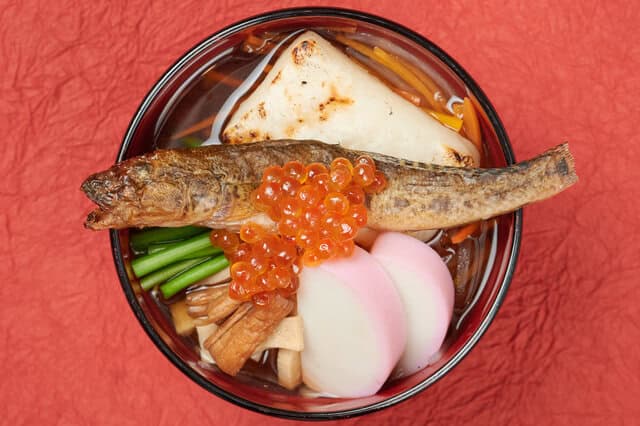
Sendai Zouni (仙台雑煮) is a regional variation of zouni, a traditional Japanese soup commonly eaten during the New Year celebrations. This dish is particularly associated with Sendai City in Miyagi Prefecture, located in the Tohoku region of Japan. Like other zouni dishes, Sendai Zouni incorporates mochi (rice cakes), but its unique features make it stand out. Sendai Zouni traditionally uses a clear broth made from fermented soybeans miso (red miso), giving it a rich and flavorful base.
Sendai zouni History
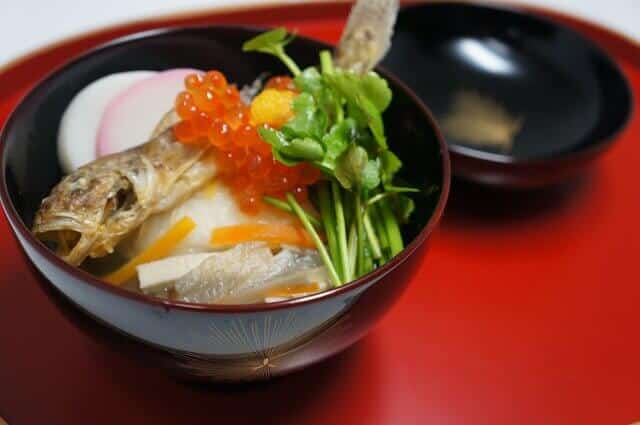
The origins of Sendai Zoni trace back to the Edo period, when the Date clan, rulers of the Sendai domain, cultivated a taste for lavish cuisine. Their preference for opulence extended to zoni, shaping the tradition of using rich ingredients and presenting the dish with elegance.
A particularly unique feature of Sendai Zoni is its soup stock, which is made with grilled goby, a river fish abundant in Miyagi Prefecture. By incorporating dried and grilled goby, the stock develops a deep, aromatic flavor that infuses the entire dish. This use of grilled goby sets Sendai Zoni apart from zoni in other regions, making it a distinctive culinary symbol of Miyagi’s local taste and culture.
What are the characteristics of Sendai style zoni compared to zoni from other regions?
The broth: The broth is made with grilled Japanese dace (haze).
Abundance of ingredients: Sendai zoni is very rich in ingredients. Characteristic ingredients include
Grilled Japanese dace (haze)
Ohiki-na (julienned frozen root vegetables)
Freeze-dried tofu
Salmon roe (ikura)
Japanese Parsley (Seri)
Red and white kamaboko (fish cake)
Datemaki (sweet rolled omelet)
Preparation of mochi: Square mochi is used and boiled without grilling. This makes the mochi soft and allows it to absorb the flavor of the broth well.
Appearance: Due to the abundance of ingredients, it has a very luxurious appearance. In particular, the grilled Japanese dace (haze) protruding from the bowl is a distinctive feature.
Regionality: It is a dish that uses local ingredients such as Japanese dace (haze) caught in Matsushima Bay.
Due to these characteristics, Sendai zoni is a New Year’s dish that is more luxurious and has a more unique flavor compared to zoni from other regions.
FAQ
- What are the characteristic ingredients of Sendai Zoni?
-
The characteristic ingredients of Sendai Zoni are grilled haze (a type of fish), obiki-na (shredded frozen root vegetables), frozen tofu, salmon roe, and Japanese parsley. Red and white kamaboko (fish cake) and datemaki (rolled omelet) may also be included.
- What kind of broth is used for Sendai Zoni?
-
The broth is mainly made with grilled haze. Depending on the region, ayu (sweetfish), tongue fish, dried sea squirt, abalone, or conger eel may also be used.
- How is mochi made in Sendai Zoni?
-
Sendai Zoni generally uses square mochi that are boiled as they are, without grilling. This softens the mochi and allows it to absorb the flavor of the broth.
Sendai zouni Recipe
| Ingredients for 4 persons | Measurements |
|---|---|
| Grilled goby | 400g |
| Japanese white radish (daikon) | 600g |
| Carrot | 100g |
| Burdock root | 100g |
| Zuki (bamboo shoots) | 150g |
| Frozen tofu | 80g |
| Kamaboko (red and white fish cake) | 100g |
| Japanese parsley | 30g |
| Water | 960g |
| Rice cakes | 120g |
| Soy sauce | 30g |
| Salt | 2g |
| Sake | 30g |
How to make?
To begin, prepare the ingredients by shredding the Japanese white radish, carrot, and burdock root. Boil these vegetables and freeze them in advance, ideally before the end of the year. Rehydrate the frozen tofu in hot water, then cut it into strips. Similarly, rehydrate the zuki and cut it into 2cm lengths. Slice the kamaboko into 5mm thick pieces and cut the Japanese parsley into 3cm lengths.
Next, make the soup stock by adding the grilled goby tails to water and simmering for about 15 minutes to extract the flavor. Once the stock is ready, season it with soy sauce, salt, and sake. After seasoning, remove the grilled goby from the pot.
Finally, add the rehydrated tofu and zuki to the pot, bringing it to a boil. Then, add the boiled and frozen daikon, carrot, and burdock root, allowing the flavors to simmer together. Once everything is well-flavored, add the rice cakes and turn off the heat. Serve by placing minced parsley in a bowl, topping with the rice cakes, and garnishing with kamaboko, salmon roe, and parsley. Pour plenty of the soup over the dish before serving.
Takeaway
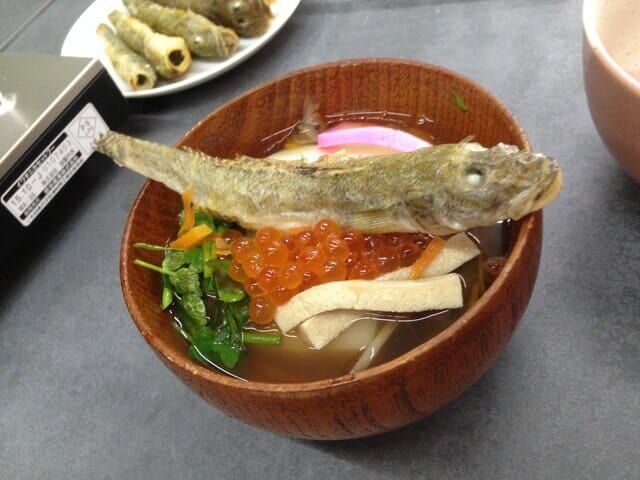
With its unique grilled goby stock and carefully chosen ingredients, this special version of zouni is a true representation of Miyagi’s local flavors. We hope that readers will be inspired to try this delicious and authentic dish when they visit Japan, whether in Sendai or other parts of the region.
If you enjoy the unique flavors of Sendai Zouni, we also recommend exploring other regional Japanese cuisines to discover even more of Japan’s rich culinary heritage.
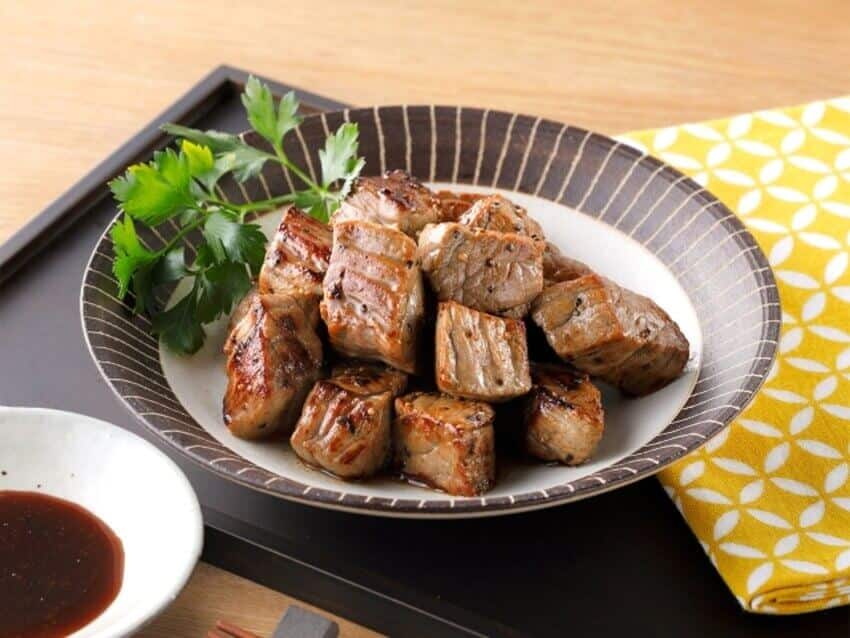
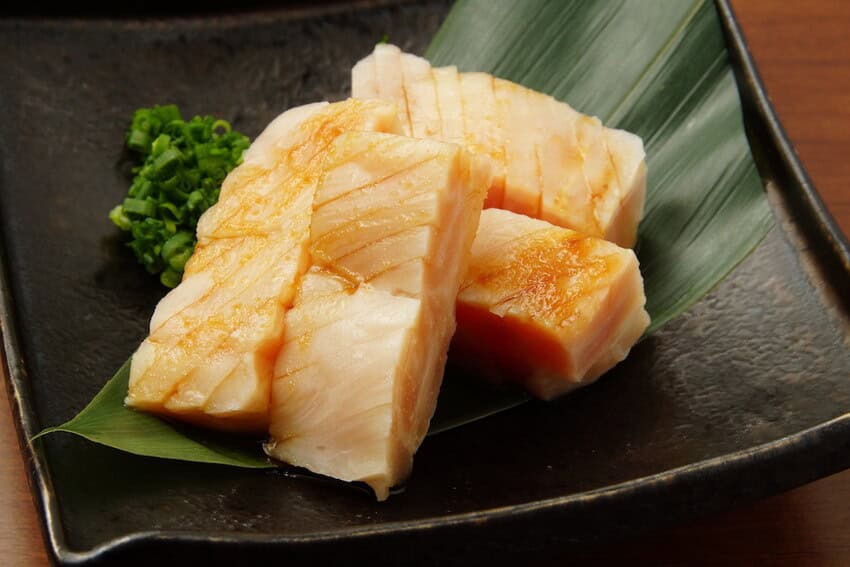
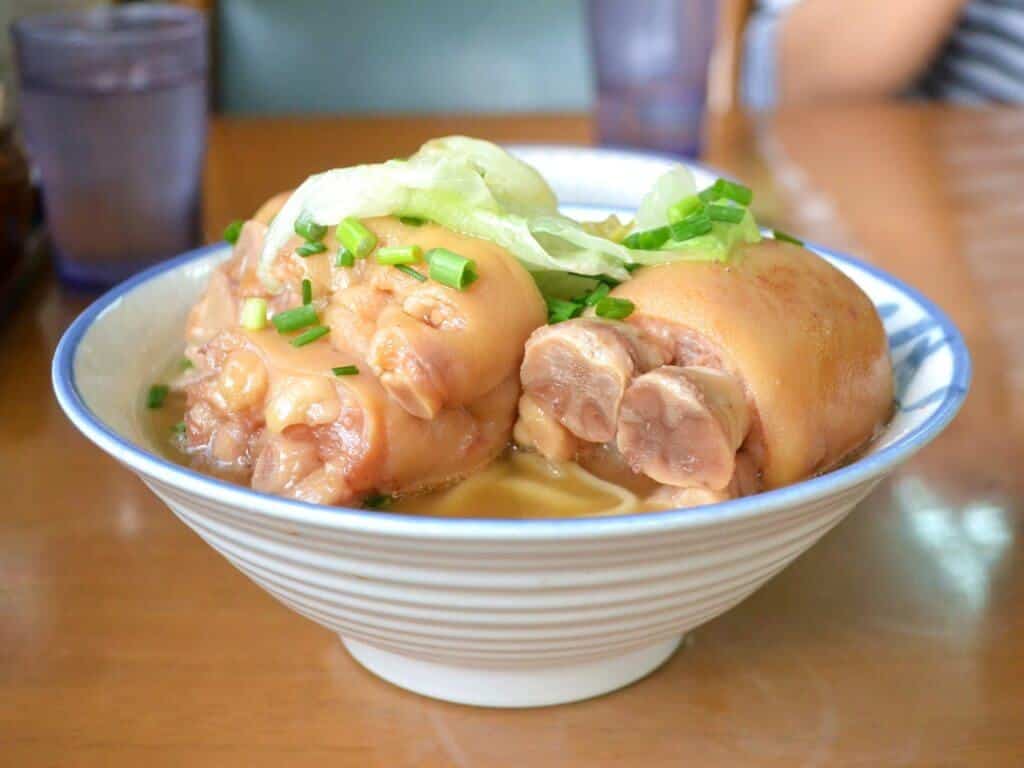
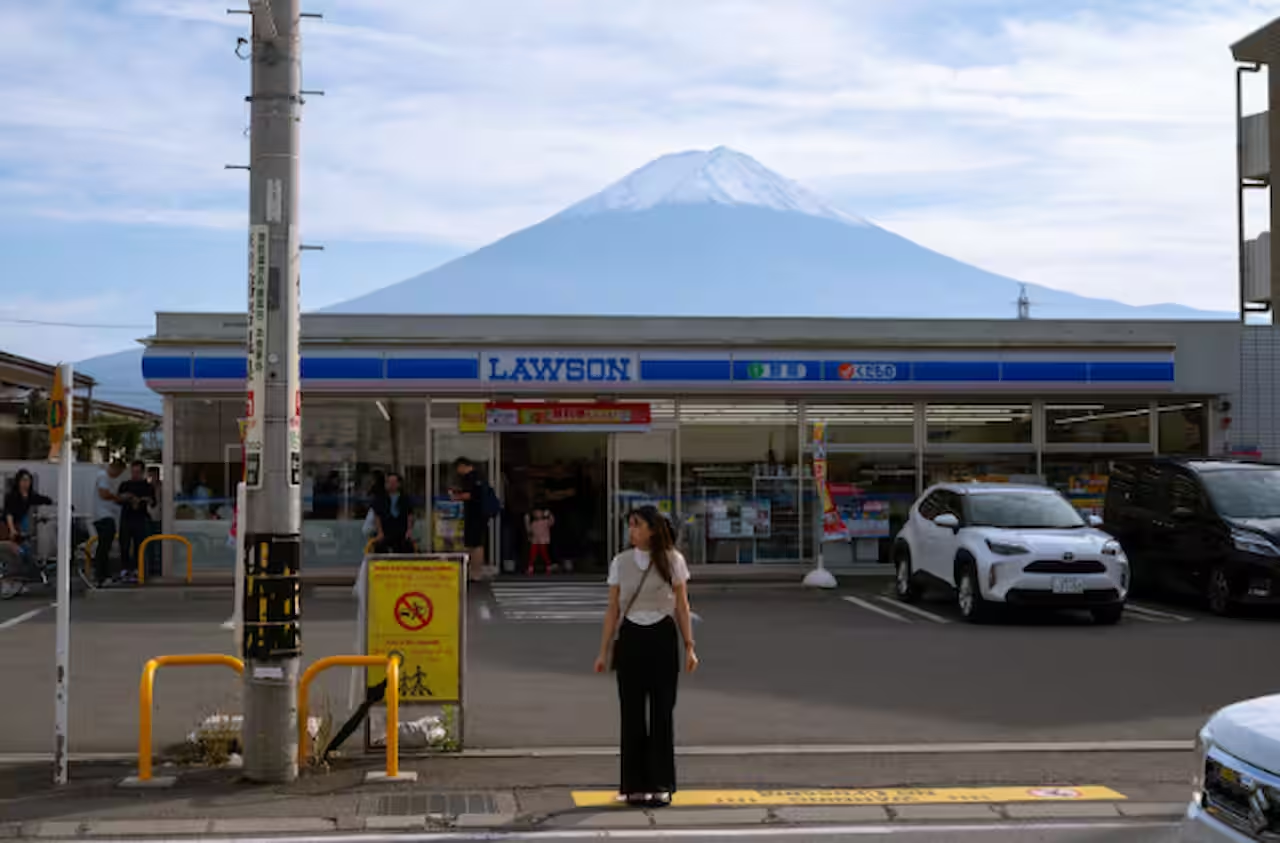
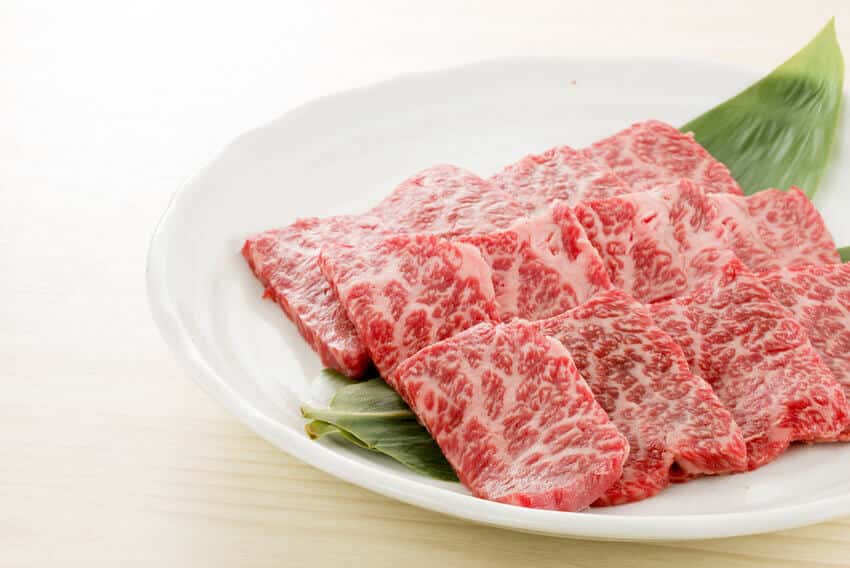

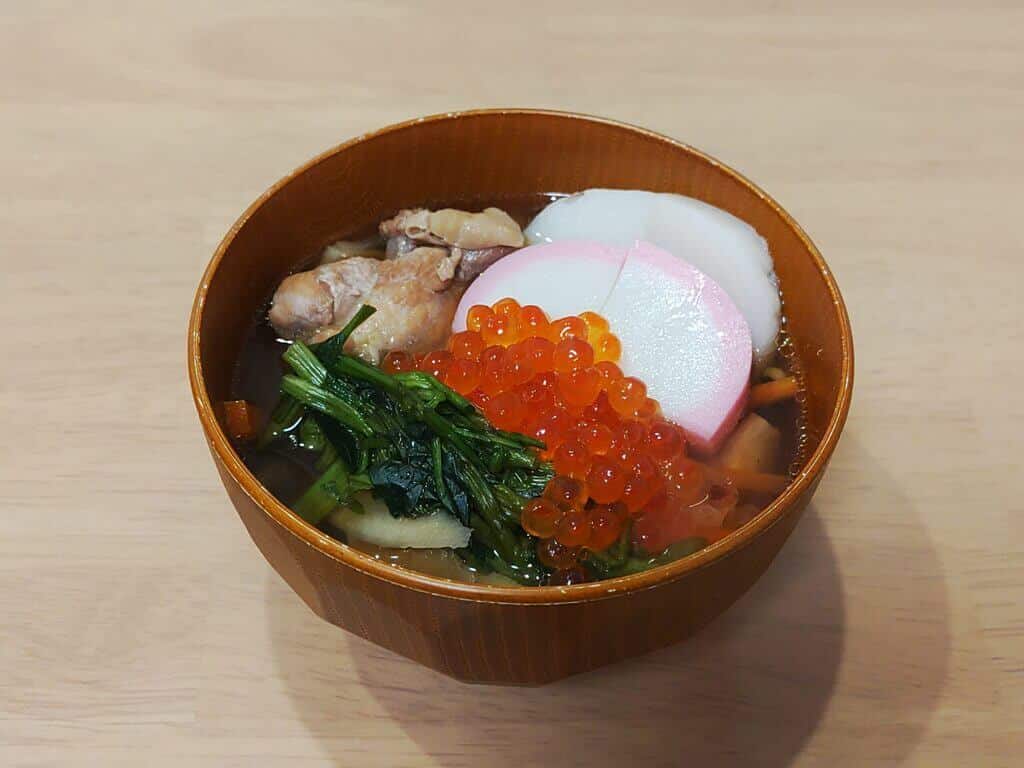
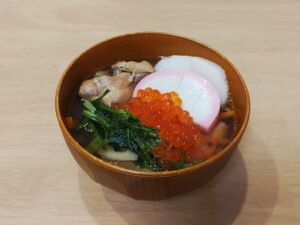
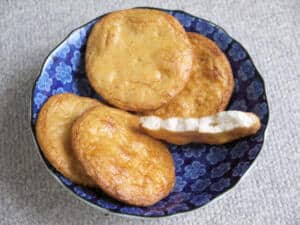
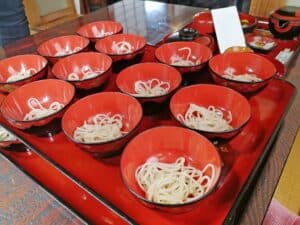
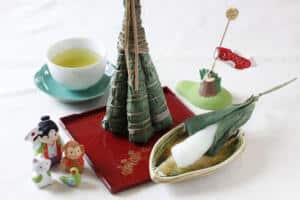
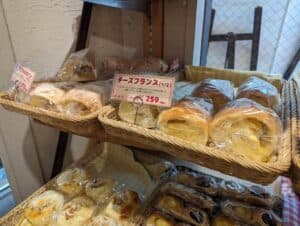
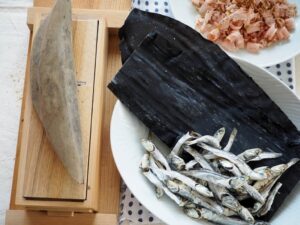
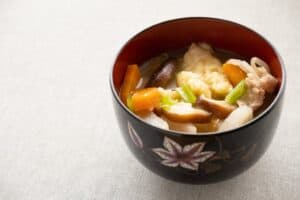
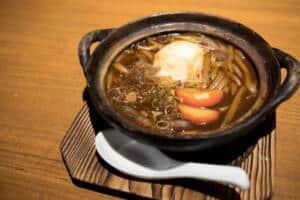
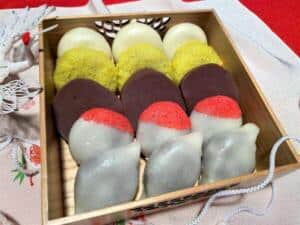
Comments